
Emily started in the lab in the Spring of 2020 as a field technician them enrolled in the Masters’s program in the Spring of 2021.
Amphibian and Reptile Conservation


Emily started in the lab in the Spring of 2020 as a field technician them enrolled in the Masters’s program in the Spring of 2021.
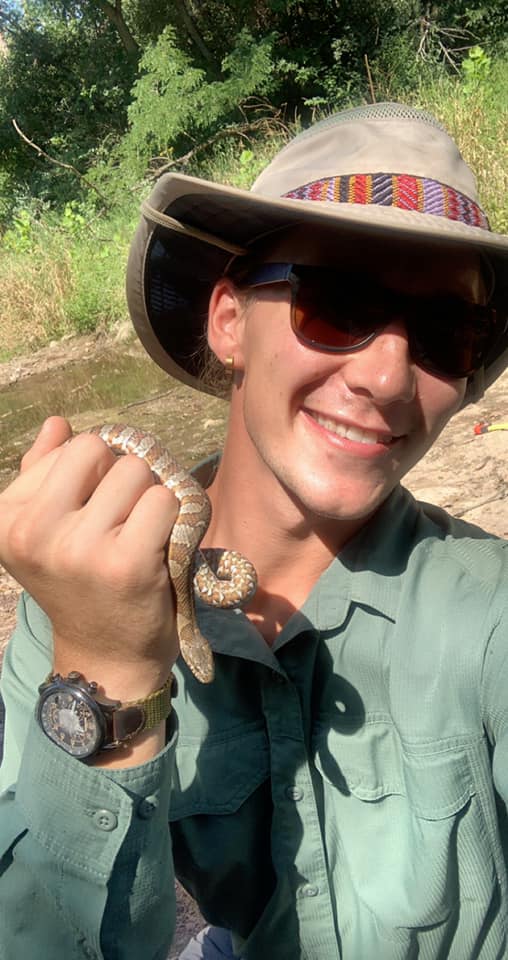
Brock started work in the lab in the Spring of 2021.
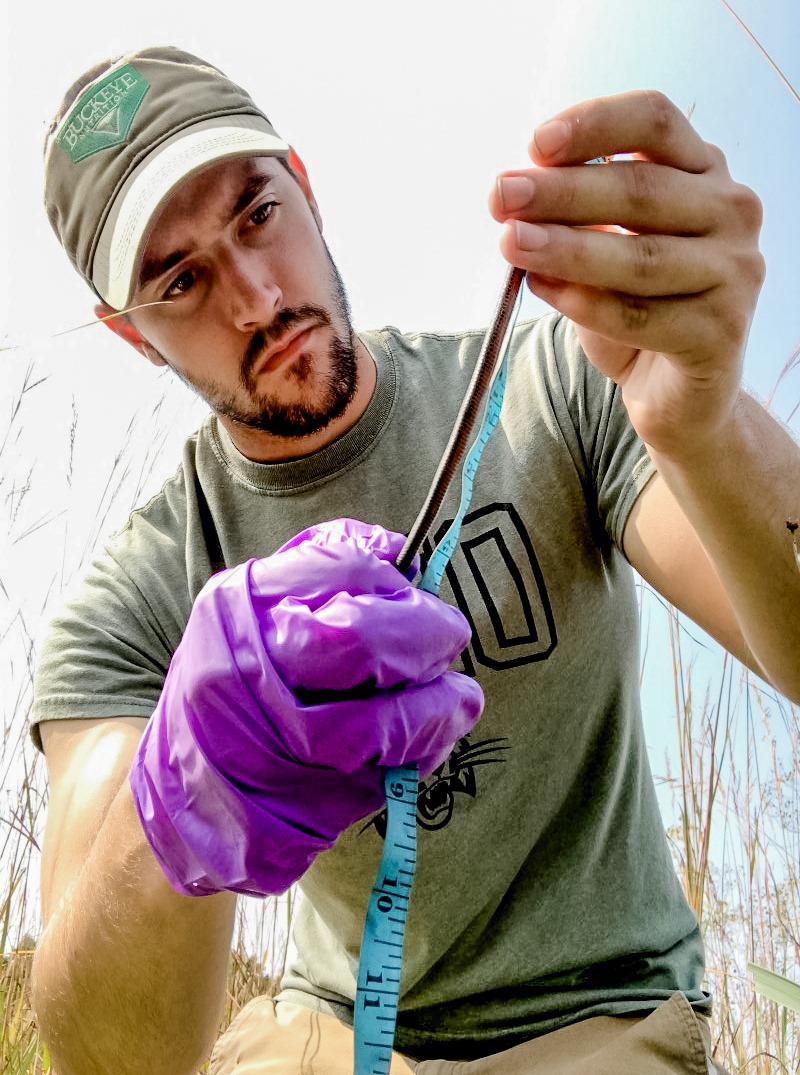
Tyler began in the lab in the Fall of 2020.
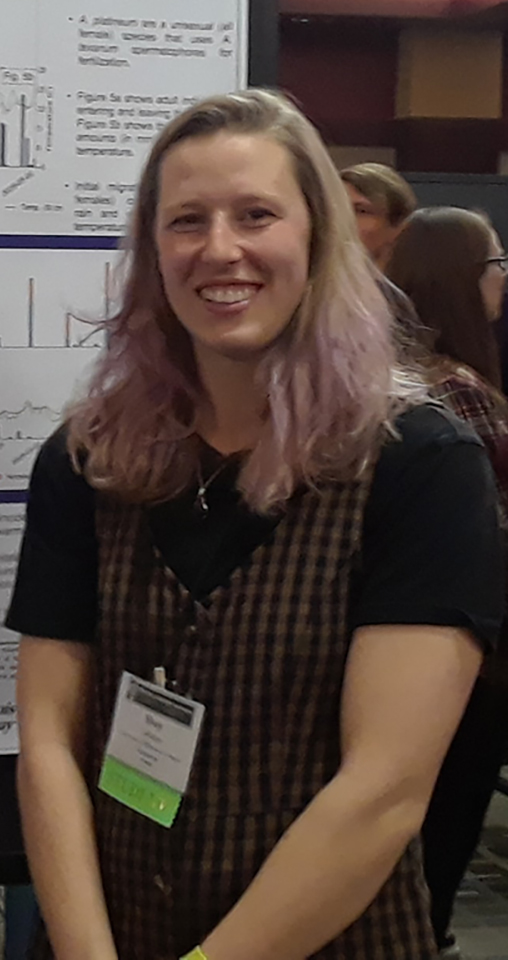
Shay began in the lab in the Spring of 2019.
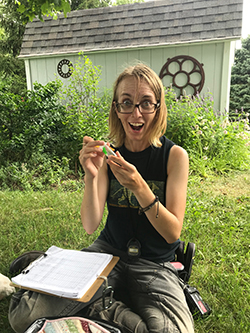
Alma began working in our lab on bumble bees in the Spring of 2019.
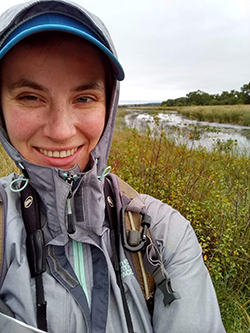
Ms. Asya Rahlin began her work in the lab as an Associate Ornithologist with the Urban Biotic Assessment Program.
Eastern Box Turtle growth is influenced by environmental conditions which in turn can be influenced by vegetative structure. Removal of Autumn Olive and Russian Olive at a site in Illinois occurred during a 16 year mark-recapture study allowing us to analyze impacts of removal on the growth of turtles. The data showed that removing the invasive plants may not negatively impact the growth of the turtles and that growth is variable by individual. This is attributed to reptile growth being influenced by more than just environmental conditions, including genetics.
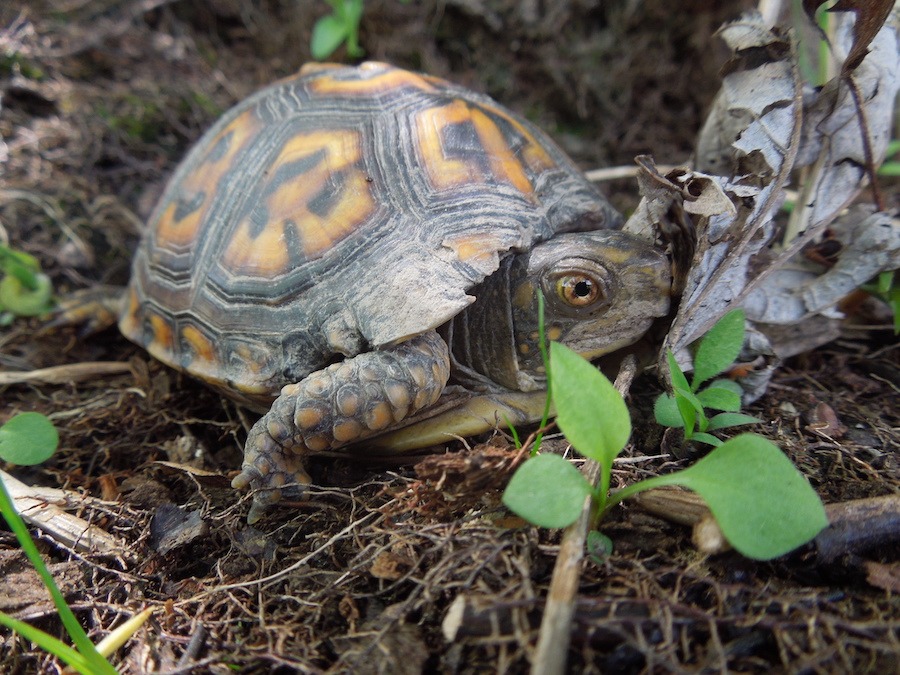
Read the paper: Edmonds, D., A.R. Kuhns, and M.J. Dreslik. 2020. Eastern Box Turtle (Terrapene carolina carolina<) growth and the impacts of invasive vegetation removal. Herpetological Conservation and Biology 15(3):588–596.
Ethan J. Kessler1,*, Christopher A. Phillips1, Scott R. Ballard2, and Michael J. Dreslik1
Abstract – Macrochelys temminckii (Alligator Snapping Turtle) populations have experienced range-wide declines over the past century, and records of this species have become increasingly rare in the northern portion of its range. We report the first record of an Alligator Snapping Turtle in Illinois since 1984, only the second in the past 50 years. This individual was captured in a tributary of the undammed portion of the Mississippi River in close proximity to the last 3 published records in Illinois. It is possible that this region provides the last accessible, suitable habitat for this species in Illinois.
1Illinois Natural History Survey, University of Illinois at Urbana-Champaign, 1816 S. Oak Street, Champaign, IL 61820.
2Illinois Department of Natural Resources, 9053 Route 148, Suite B, Marion, IL 62959.
*Corresponding author – ekessle2@illinois.edu.

My research focuses primarily on the ecology, conservation, and life history of amphibians and reptiles, predominantly turtles and pit-vipers. My research spans a multidisciplinary approach to understanding these foci ranging from population ecology, demographics, spatial ecology, behavior, thermal biology, physiology, population genetics, and wildlife disease. For my larger long-term projects, I integrate this multidisciplinary approach to achieve conservation goals oriented at recovery and maintaining viable populations of imperiled species.
My current projects are:
My past major projects have included:
I am also involved with core work associated with the Illinois Tollway as the program leader for the Urban Biotic Assessment Program which is directed at measures to decrease the impact of road construction on threatened and endangered wildlife species. This work includes general surveys, compiling mitigation, minimization, and avoidance measures, and assessing these measures pre, during, and post construction. This work focuses in the heavily urbanized region of northeastern Illinois and includes surveys and monitoring of freshwater mussels, fish, amphibians, and reptiles (soon to include birds and mammals).
In addition, I do survey work and studies for various forest preserve districts, the Illinois Department of Natural Resources, United States Fish and Wildlife Service, and other land management and local government entities. Most of the work is related to the conservation of amphibians and reptile species in greatest conservation need. To that end, I maintain strong communications and ties to land management agencies in Illinois.
I currently sit on three Illinois Species Recovery Teams: Eastern Massasauga, Blanding’s Turtle, and Alligator Snapping Turtle and work closely with the Illinois Department of Natural Resources, United States Fish and Wildlife Service, and United States Army Corps of Engineers on an array of topics. Finally, I am also a member of the IUCN's Freshwater Turtle and Tortoise and Viper Specialist Groups.

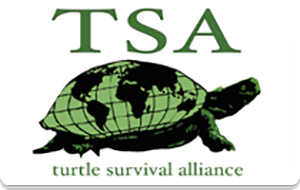
Hedrick, A. R., H. M. Klondaris, L. C. Corichi, M. J. Dreslik. J. B. Iverson. The effects of climate on annual variation in reproductive output in Snapping Turtles (Chelydra serpentina). Oral Presentation.
Ross, J. P., C. Y. Feng, and M. J. Dreslik. Evaluating turtle passage gates using remote camera traps and visual encounter surveys. Poster Presentation.